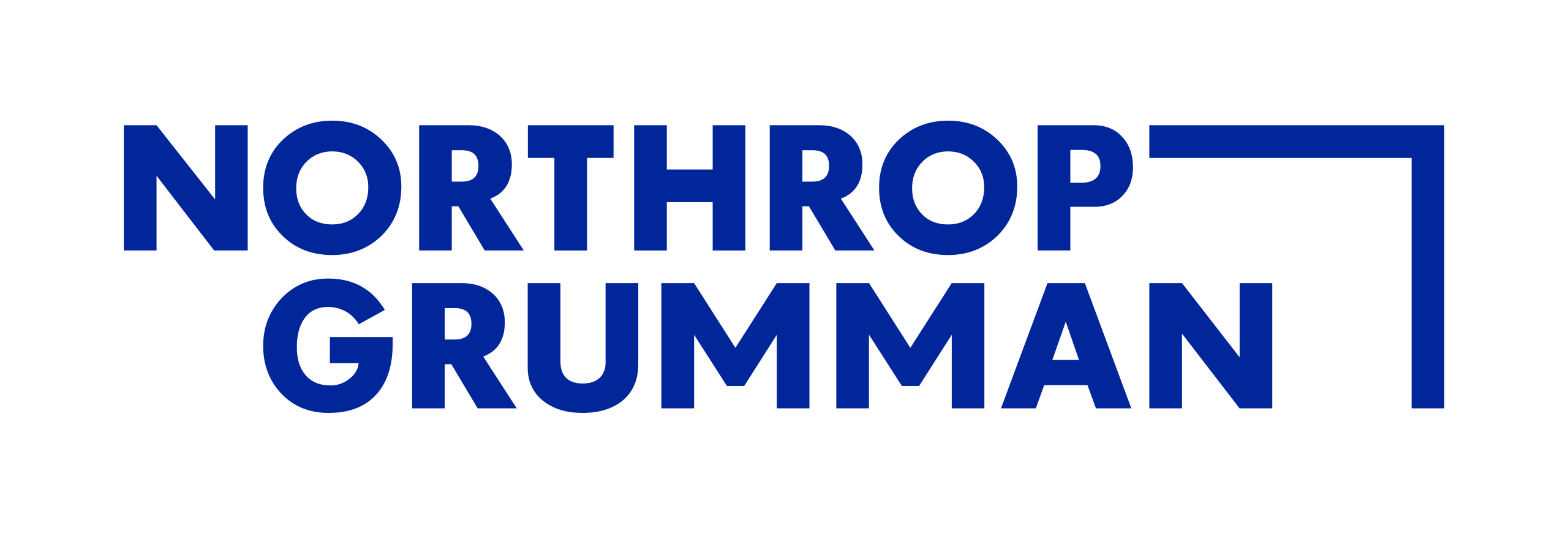 |
|
| OA-1A San Francisco (26-431) of the U.S. Army Pan American Flight | |
| Role | Amphibious observation aircraft |
|---|---|
| Manufacturer | Loening |
| Designer | Grover Loening |
| First flight | 1923 |
| Primary users | United States Navy United States Army Air Corps |
| Number built | 165 |

First flown in 1923, the OL was a high-performance amphibian with a large single hull and stabilizing floats fitted underneath each lower wing. The landing gear was retractable by use of a hand crank in the cockpit, and the plane was equipped with a tailskid for operations on land. It had a tandem open cockpit for a crew of two. The aircraft could be flown from either cockpit, with a wheel control in the forward cockpit and a removable stick control in the rear. Navigation and engine instruments were located in the forward cockpit.
The hull was built of Duralumin on a wooden frame, with five watertight compartments connected through a selector switch to a bilge pump in the rear cockpit. Plugs in the bottom of each compartment permitted drainage on the ground. The fuselage was constructed on top of the hull. The aircraft was strength-tested at Columbia University. The United States Army Air Corps ordered four prototypes as the XCOA-1, powered by a 400-hp Liberty V-1650-1 engine mounted inverted for clearance of the three-bladed variable-pitch steel propeller. The engine came with a fire suppression sprinkler system and was encased in a streamlined cowling to protect it from sea spray. Oil from a tank in the fuselage was cooled by passing through a spiral copper tube exposed to the slipstream on top of the cowling. The fuel tanks were mounted inside the hull, with a 140-gallon (530-liter) gasoline tank under the wings, and a reserve 60-gallon (230-liter) gasoline-benzol tank between the cockpits. Total fuel capacity provided for roughly ten hours of flight. A number of variants were introduced for both the Army and the Navy. During later production, the company merged with the Keystone Aircraft CorporationCeiling
Range
Aircraft Speed
Max Crew


Related development
Aircraft of comparable role, configuration, and era
The Loening OA-1A "San Francisco" is on display at the Steven F. Udvar-Hazy Center of the National Air and Space Museum in Chantilly, Virginia. The San Francisco took part in the 1926-1927 Pan-American Goodwill Flight through Mexico, Central, and South America. It was donated to the Smithsonian Institution in 1927 and restored in 1964-1965. It was previously on loan to the National Museum of the United States Air Force in Dayton, Ohio from 1977 to 2006.
The F-14 Tomcat was designed as both an air superiority fighter and a long-range naval interceptor.
At the time of filming, the only recognizable star in the movie was Tom Cruise, who was known as a teen idol from 1983’s “Risky Business.”.